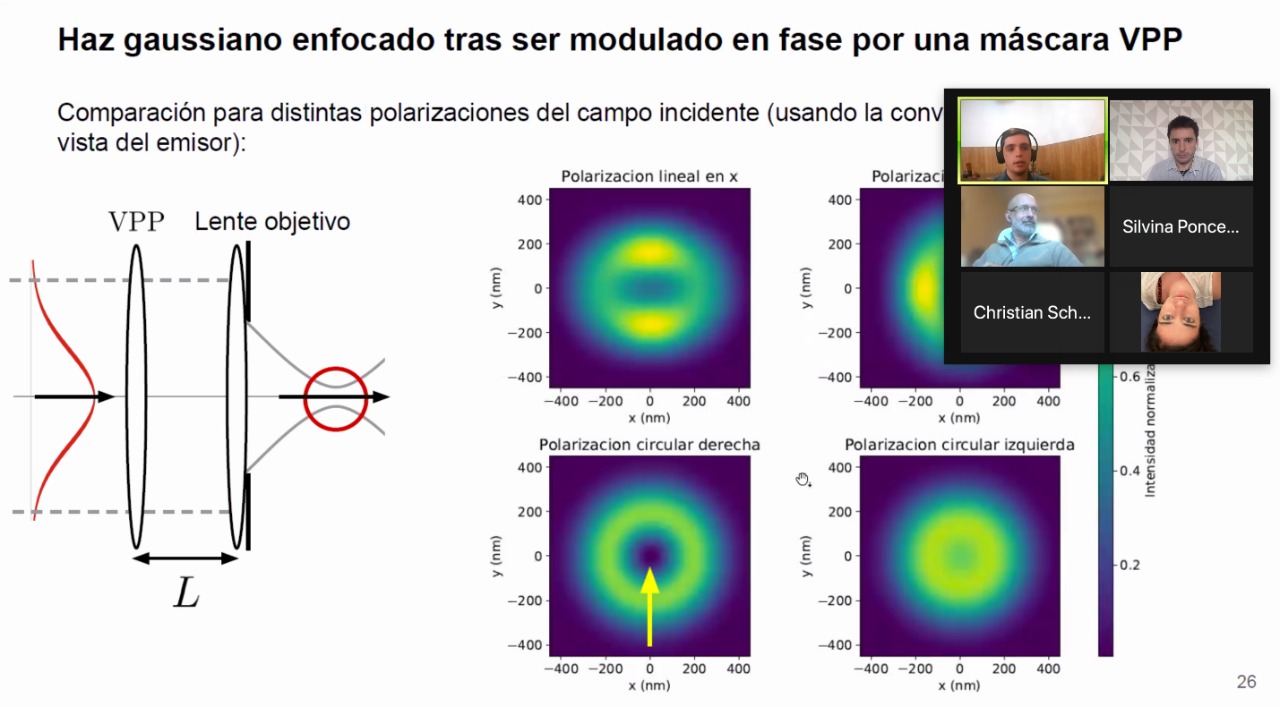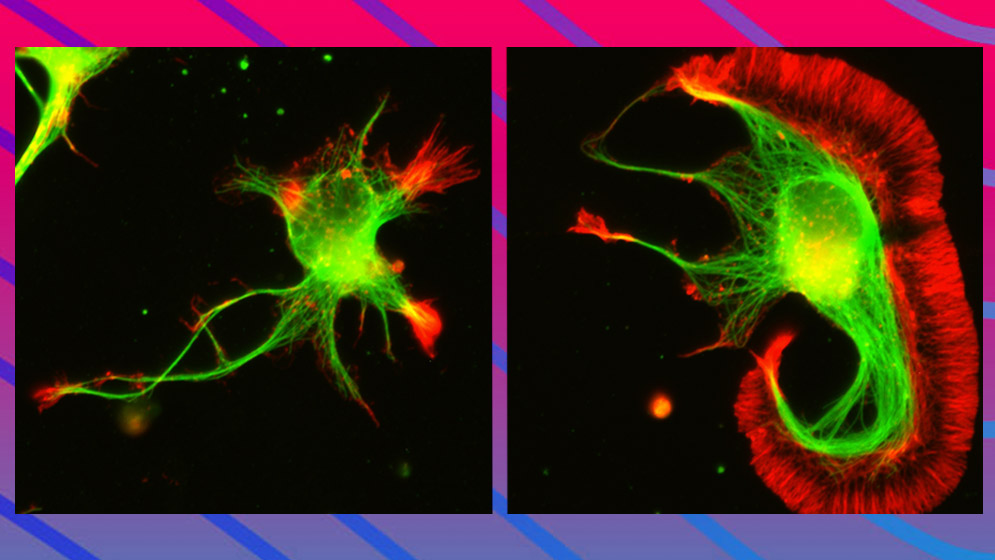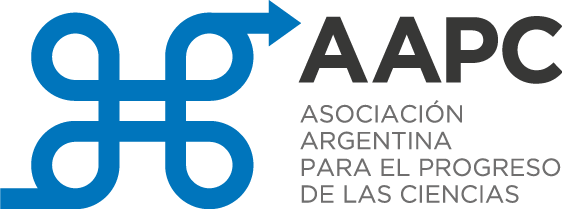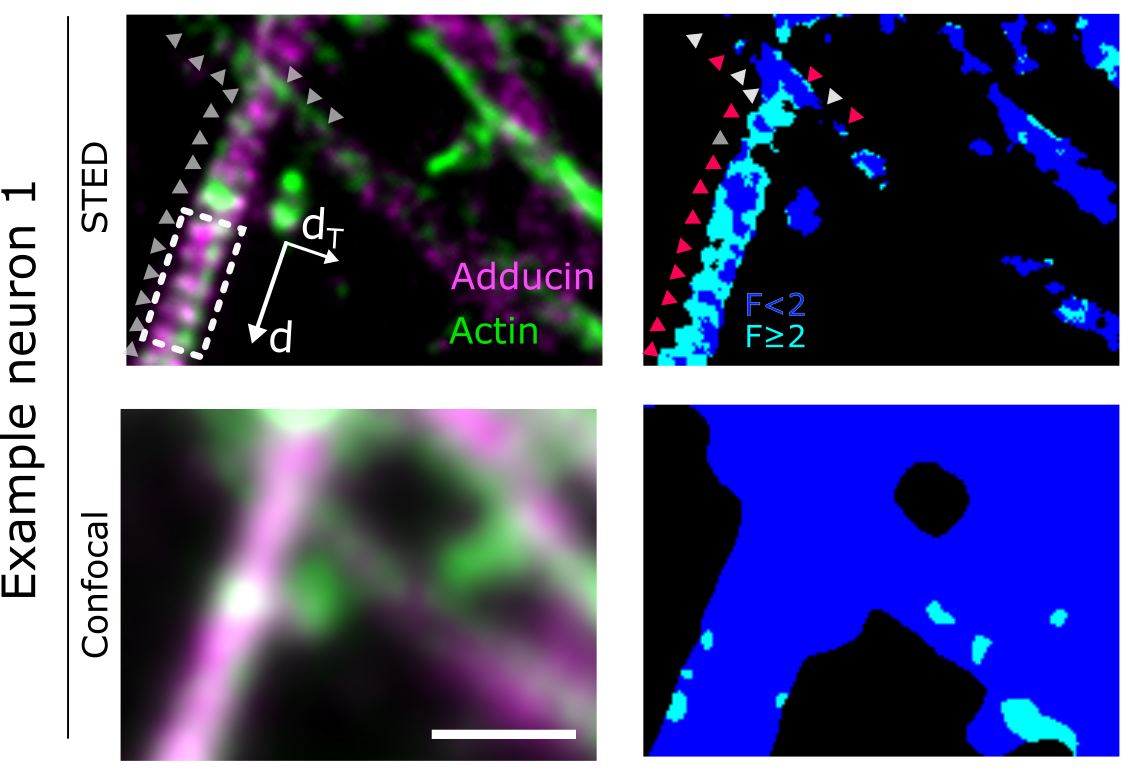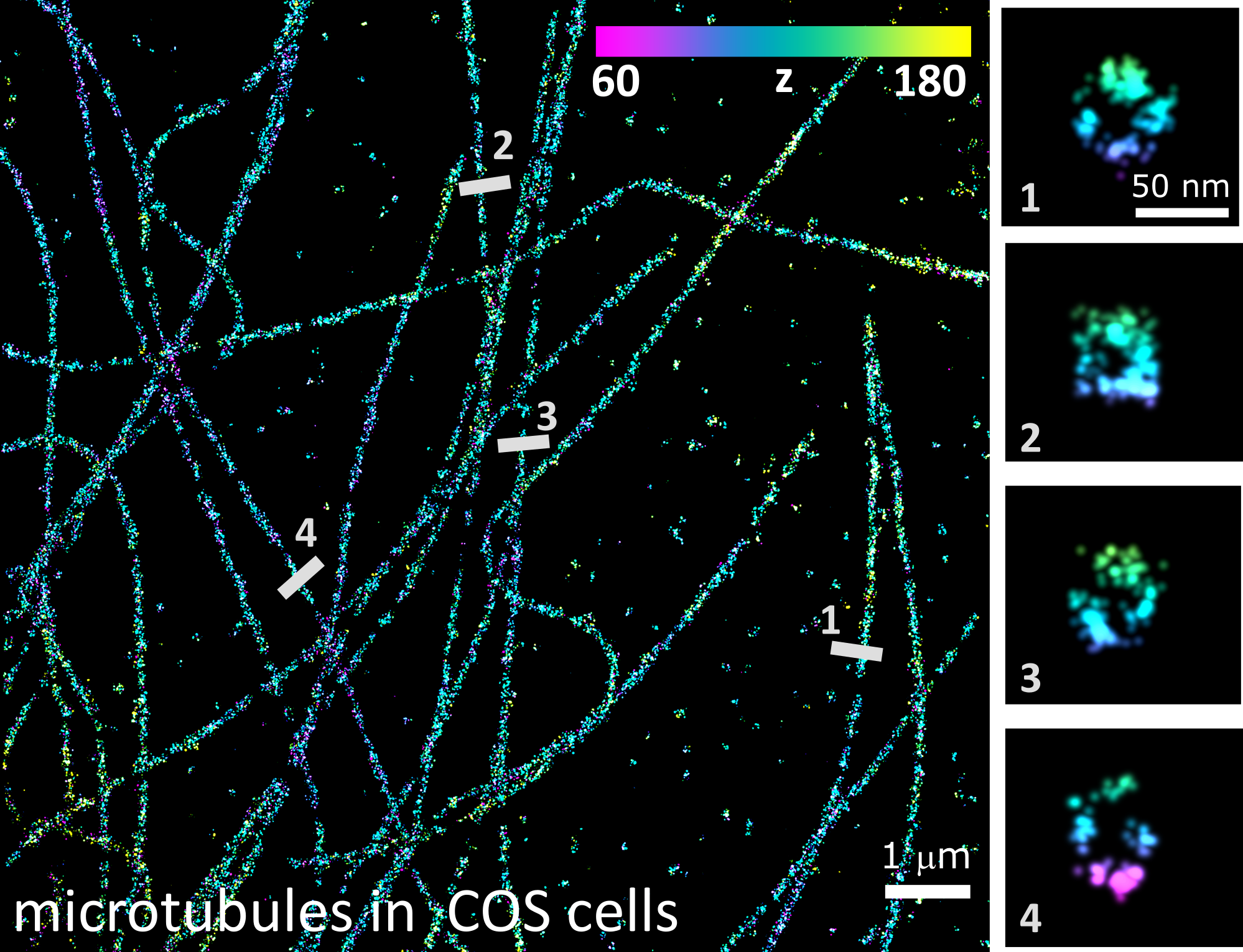Congratulations Fernando Caprile!
Today, Fernando Caprile obtained his degree in Physics from the University of Buenos Aires with the highest grade. Fernando came to our group wishing to perform single-molecule experiments and to learn the latest advances in fluorescence nanoscopy, in particular about MINFLUX. Unfortunately, the COVID-19 outbreak made it impossible for us to go to the lab. [...]

